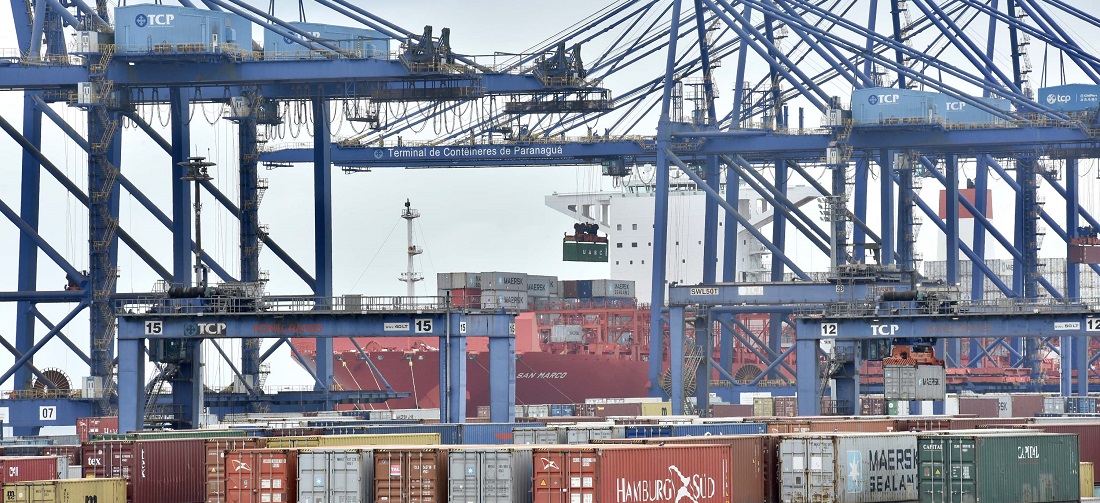
Brazilian trade balance registers US$1.7 billion surplus in second week of October
Oct, 13, 2020 Posted by Ruth HollardWeek 202043
Data released on Tuesday, October 13 by the Secretariat of Foreign Trade (SECEX) of the Ministry of Economy shows that the Brazilian trade balance registered a surplus of US$ 1.7 billion and a trade flow of US$ 7.03 billion in the second week of October 2020 – with five working days – as a result of exports worth US$ 4.4 billion and imports worth US$ 2.7 billion.
For the year to date, exports totaled US$ 162.9 billion and imports totaled US$ 118.0 billion, for a positive balance of US$ 44.9 billion and a trade flow of US$ 281 billion.
Analysis of the month
In exports, comparing the daily average up to the second week of October 2020 (US$ 912.7 million) with that of October 2019 (US$ 889.86 million), there was an increase of 2.6%, due to the increase in sales in the Extractive Industry (+ 10.7%) and also in products from the Manufacturing Industry (+ 4.9%). On the other hand, sales in Agriculture fell (-15.0%).
The increase in exports was mainly driven by growth in the following products from the Extractive Industry: Iron ore and concentrates (+ 28.2%); Copper ores and concentrates (+ 116.7%) and gross fertilizers not including organic fertilizers (+ 47.5%). In relation to the Manufacturing Industry products, the highlight was the increase in sales of sugars and molasses (+ 99.2%); Gold, non-monetary, excluding gold ores and concentrates (+ 69.3%); Aircraft and other equipment, including parts (+ 44.8%); Pulp (+ 24.4%) and Taps, valves and similar devices for plumbing, boilers, reservoirs, vats and other containers (+ 267.9%).
In imports, the daily average until the second week of October 2020 (US$ 529.5 million) was 31.6% below the October average of last year (US$ 774 million). In this comparison, expenses fell mainly in the Extractive Industry (- 60.0%) and with Manufacturing Industry products (- 31.1%). In relation to Agriculture, there was an increase in expenses (+ 1.4%).
The fall in imports was mainly driven by the decrease in spending on the following products from the Extractive Industry: Copper ores and concentrates (- 81.9%); Natural gas, liquefied or not (-100.0%); Coal, even in powder, but not agglomerated (- 46.2%); Crude petroleum oils or bituminous minerals, raw (- 33.8%) and Other ores and concentrates of base metals (- 82.9%). Regarding the Manufacturing Industry, the fall in imports was driven by the following products: Iron or steelworks and other articles of common metals (- 92.0%); Fuel oils from petroleum or bituminous minerals, except crude oils, (- 53.3%); Fertilizers or chemical fertilizers, except crude fertilizers, (- 36.5%); Taps, valves and similar devices for plumbing, boilers, reservoirs, vats and other containers (- 45.4%); and Automotive vehicle parts and accessories (- 50.3%).
-
Environment
Sep, 22, 2022
0
Loopholes in EU shipping proposals risk undermining green shipping projects
-
Meat
Jul, 29, 2020
0
China in negotiations with Argentina to invest in local pork production
-
Economy
Jan, 04, 2022
0
Ranking of Brazil’s main economic partners in 2021
-
Other Cargo
Jul, 23, 2019
0
China clears Brazilian tobacco


